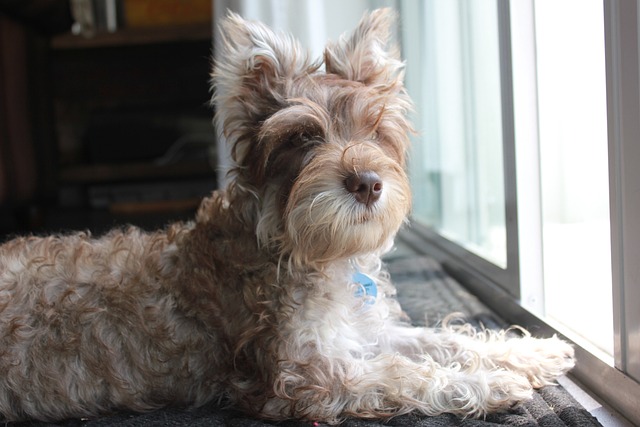
What is glaucoma in a dog?
You might notice your dog squinting more at mealtime or avoiding bright sunlight—these small changes could be early signs of a serious eye condition.
You’ve just worn black pants to meet your in-laws—and your Golden Retriever greets you with a blizzard of fur. Will brushing actually help, or are you fighting Mother Nature with a toothpick? Let’s cut through the fluff: strategic brushing is your secret weapon, but only if you nail the science, tools, and ethics.
First, shed hair isn’t just cosmetic—it’s biological waste. Dogs shed based on daylight exposure (photoperiod) and temperature. That undercoat you brush out? It’s dead insulation their body wants gone. Leave it trapped, and you create hot spots for parasites or matting that pulls skin like duct tape. Enter undercoat rakes: their curved, blunted teeth reach deep without scratching skin. For double-coated breeds (Huskies, Collies), rake against growth direction in sections, lifting 30% more dead hair than standard brushes. Do this outdoors during shedding season—your vacuum will thank you.
But tool choice is breed-specific. Short-haired Labs? Use a rubber curry brush in circular motions to stimulate oils that loosen fur. Poodles? A slicker brush prevents mats that trap shed hair near the skin. Always test pressure: glide tools gently over thin skin areas like bellies. If your dog flinches, switch to a softer pin brush. Remember: yanking mats causes micro-tears—a red flag under UK Animal Welfare Act’s "avoidance of suffering" clauses.

Timing transforms chore to bonding. Brush before baths—wet dead hair felts into nightmarish mats. Post-brush, wipe coats with a damp microfiber cloth; it electrostatically grabs lingering hairs apartment dwellers hate floating into HVAC systems. For resistant shedders like German Shepherds, pair sessions with a lick mat smeared with pumpkin purée. This counter-conditioning makes them seek grooming—critical for seniors with arthritis who can’t dodge heavy-handed owners. Forced restraint? Illegal in Germany and frowned upon in Portland dog parks.
Legal and lifestyle stakes run high. Matted fur hides ticks carrying Lyme disease—and skipping rabies vaccines (required in all 50 states) means groomers won’t touch your dog. Fur left in communal corridors? Boston landlords can bill you $200 for "allergen remediation." Post-brush walks demand etiquette: carry a portable hair roller for benches, and always bag waste (Seattle fines $125 per uncollected pile). Shaved dogs? Double-coated breeds must never be clipped—their fur regulates temperature. Brush instead.
Pro-level hacks: Freeze rubber brushes between uses—cold stiffens bristles to grab more hair. For heavy shedders, blow coats with a high-velocity dryer ($150) before brushing; it lifts 70% of loose fur in minutes. Track shedding patterns: sudden hair loss could signal thyroid issues—vets require this data. Ultimately, brushing isn’t just fur control. It’s healthcare, community respect, and whispering "I love you" in strokes they understand.

You might notice your dog squinting more at mealtime or avoiding bright sunlight—these small changes could be early signs of a serious eye condition.

Let’s set the scene: It’s a sweltering Phoenix afternoon—105°F outside—and you rushed your 2-year-old Lab mix, Cooper, on a quick walk to “get it over with.”

Let’s get real: You’re in your Miami apartment, watching your 3-year-old Corgi, Loki, struggle to climb the stairs to your second-floor unit.

Many dog owners brush off occasional scratching as just “dog behavior,” but persistent itching often signals something more—like a food allergy.

You might first notice your dog scratching more than usual—chewing at their paws until the fur looks thin, or rubbing their face against the couch nonstop.

Let’s be real: You’re standing in your Chicago apartment, watching your 3-year-old Beagle, Max, huff and puff just to climb onto the couch.